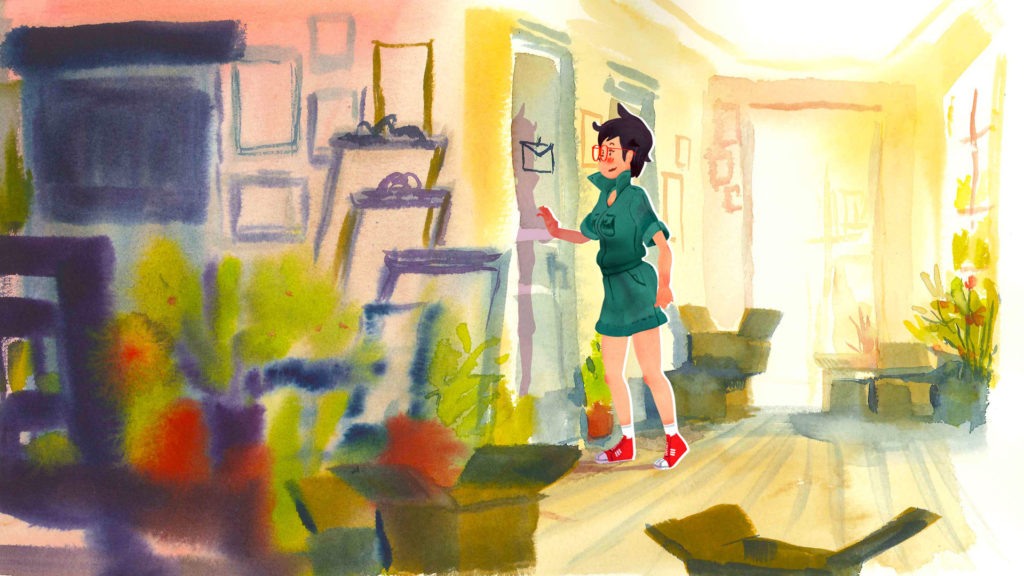Next year, the French indie studio Un Je Ne Sais Quoi will release the adventure game Dordogne. It will be a pastoral watercolor story, immersing in the world of childhood memories. In an interview with Gamasutra, the art director of the project shared the nuances of game development.
A little bit about the game
Dordogne tells the story of a young woman named Mimi. The main character’s grandmother recently died. Mimi visits the house of a deceased relative in the town of Dordon and discovers a surprise there. Hidden throughout the house are letters and riddles that remind of the summer holidays that Mimi spent with her grandmother.
The game takes place in two times. In the present, the heroine explores her grandmother’s house and understands her own life. In the past, Mimi is re-immersed in childhood and faces many adventures.
Watercolor development
- Cedric Babouche started to get interested in watercolors 30 years ago. Babush’s professional path was largely built around this genre of painting: working in animation, creating 2D-3D effects and, finally, opening his own game studio Un Je Ne Sais Quoi in 2017.
- So far, all the developer’s games have been made in watercolor style, and Dordogne was no exception. Although Babush himself notices that he is ready to move away from this direction, if necessary.
- The artistic past of the author strongly influenced the development process of Dordogne. As Babush admits, it is much easier and more interesting for him to draw the game on paper first and only then transfer the images to a graphic editor.
I always start with black and white ink sketches on paper. There are only two or three of them - no more. They help to consolidate the main composition of the frames. Then I carefully think over the color scheme. I give myself only one attempt to create a watercolor drawing. The end result may be far from the idea, but this does not mean that it is uninteresting.
Art Director Un Je Ne Sais Quoi
- The next stage is “rough modeling” in Blender. According to Babush, while working on Dordogne, he tried not to spend too much time on modeling and shaders. The developer applied all the elements of light and shadow directly during mapping (transferring textures to polygons).
- The watercolor shaders used in Dordogne differed from the standard ones, Babush points out. According to the developer, usually such shaders look very fake — they are animated, and this does not benefit watercolors. Instead of unnecessary animation, Babush decided to take a simple shader in which the background, characters and objects were just made in a watercolor texture and outlined with a white outline.
- According to Babush, one of the most difficult parts of the entire development of Dordogne was the creation of a natural environment. Leaves, bushes, rivers — all this should not “stick together” with each other.
- The game also needed to add a sufficient amount of 3D graphics (for example, it was used in scenes where Mimi photographed landscapes). Here Babush took as a basis the idea of skyboxes — three-dimensional models, where the structure of the environment was stretched.
Also on the topic:
- Case study: how the creators of Archero earned $181 million on a game with a hybrid genre and monetizationThe case of miHoYo: how the creators of Genshin Impact earned hundreds of millions on the desire to “pay for love”
- Research: 1,130 gaming companies are registered in France
- Is there any news?
Share it with us, write to press@app2top.ru


